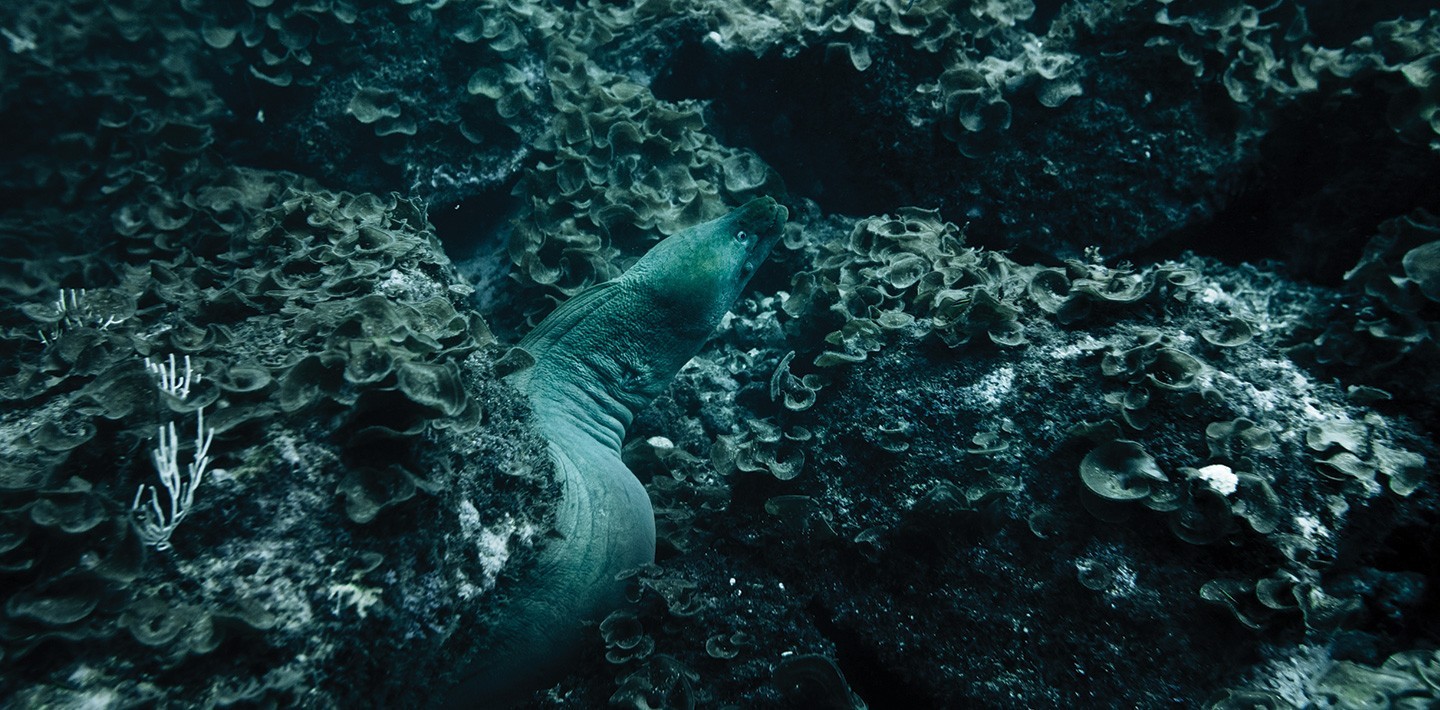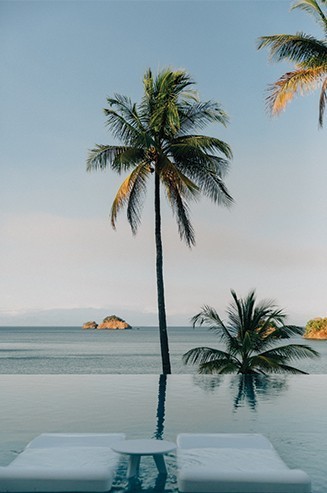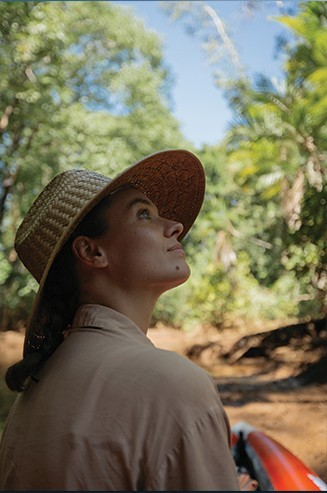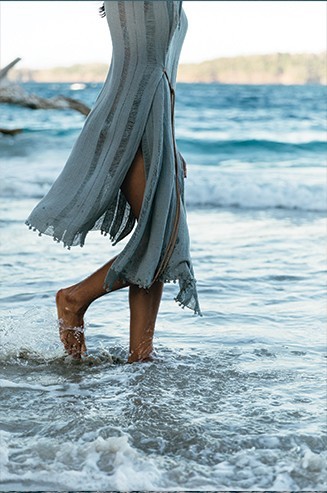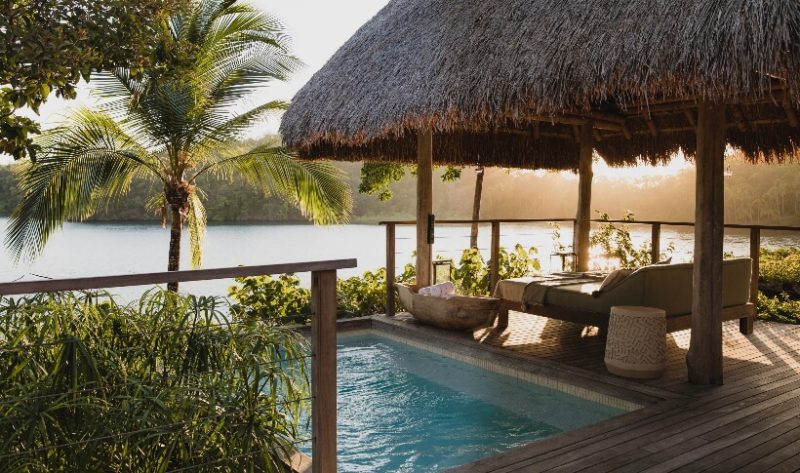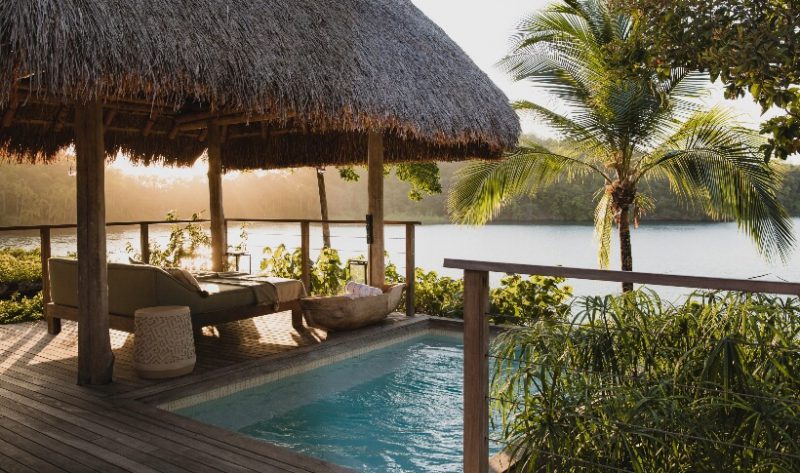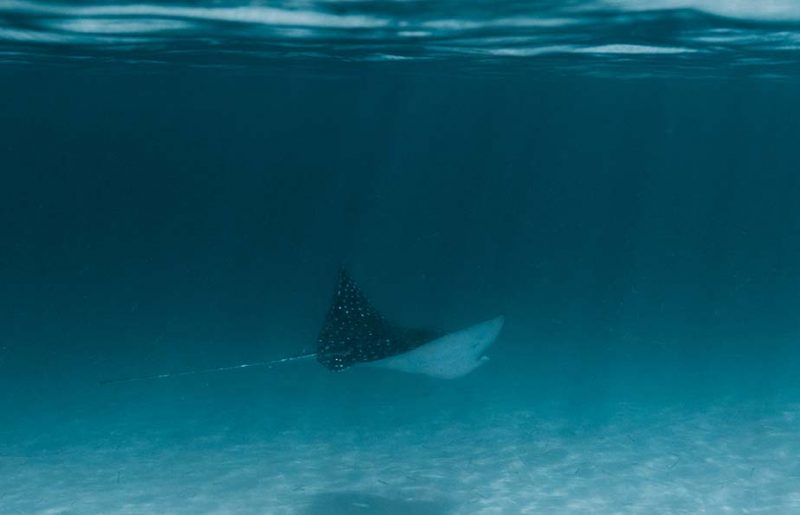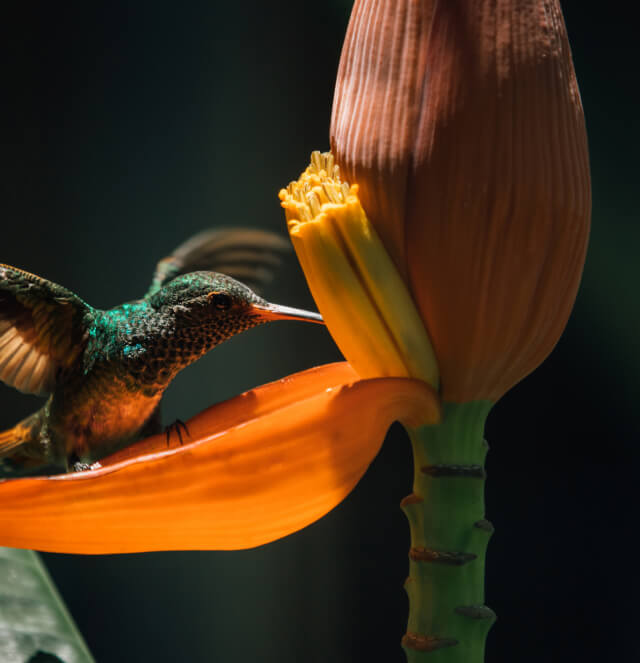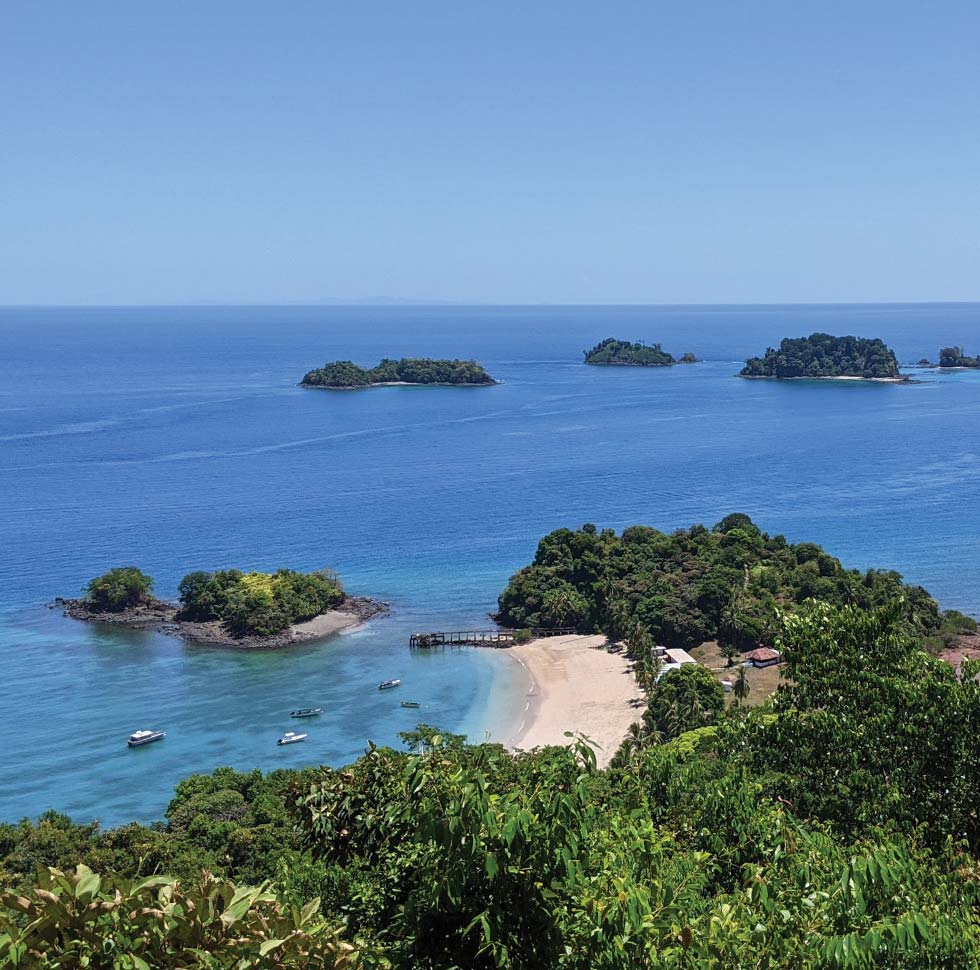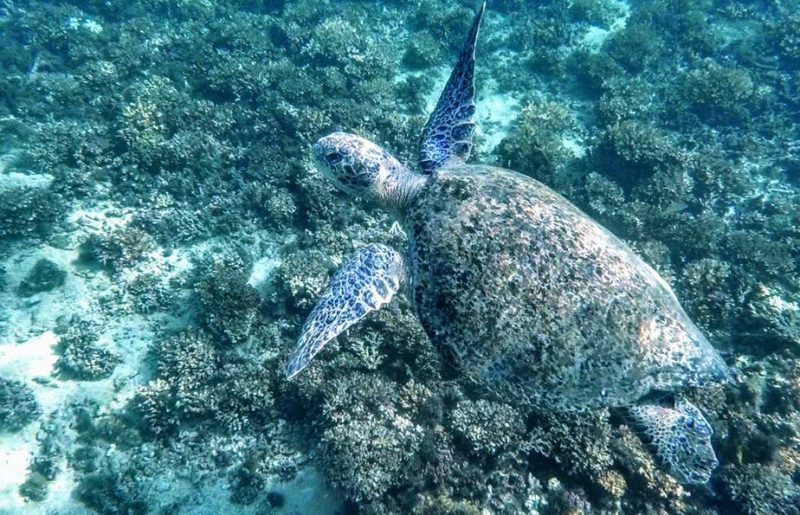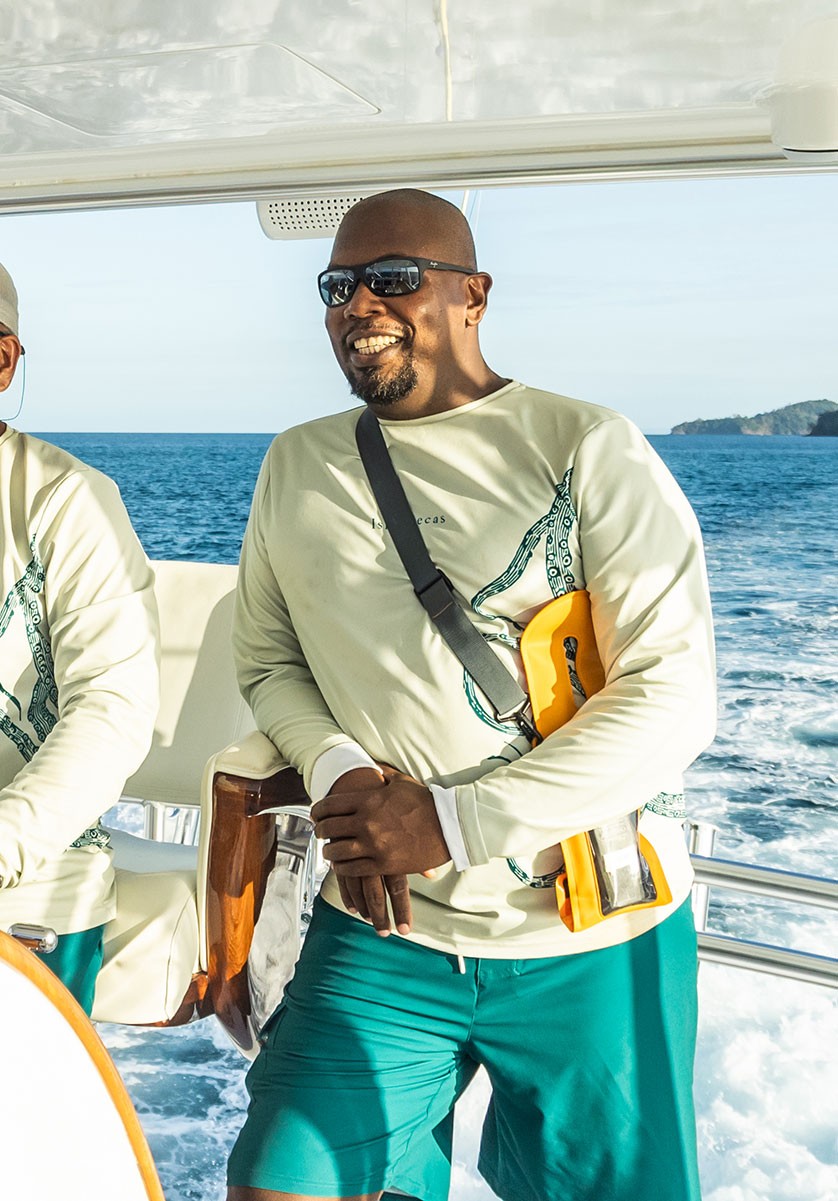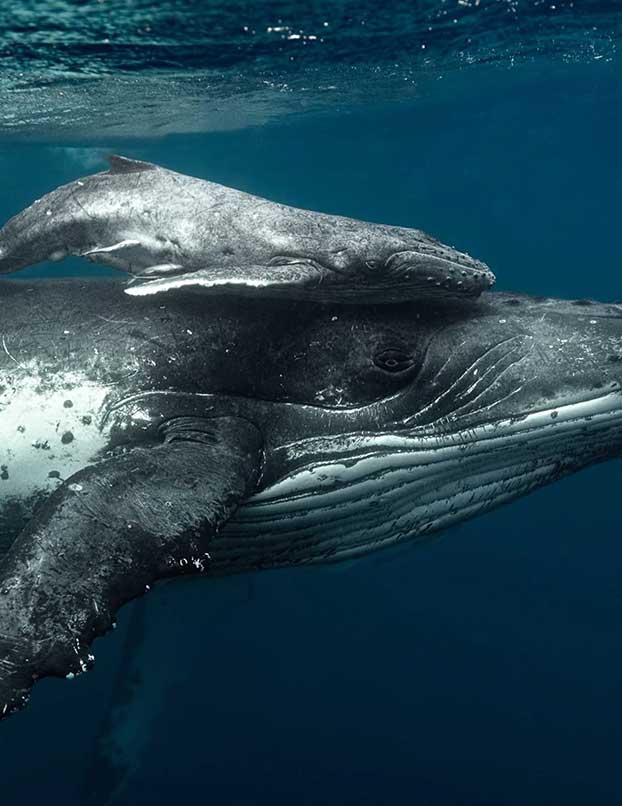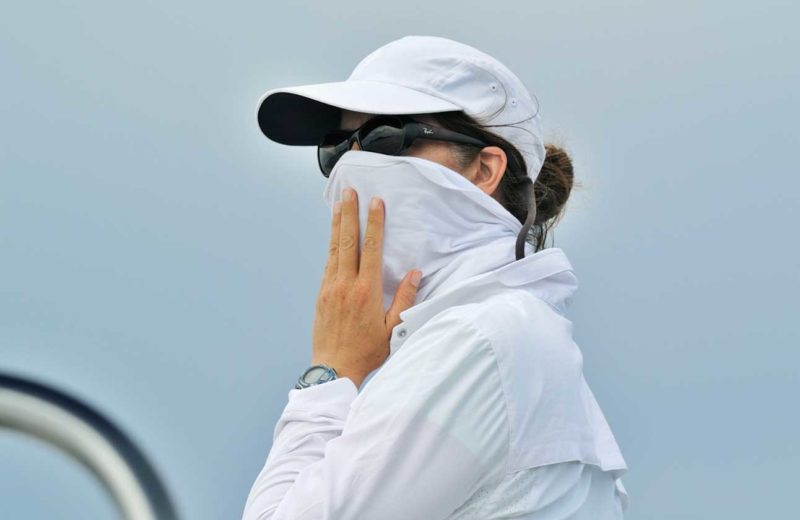The Islands
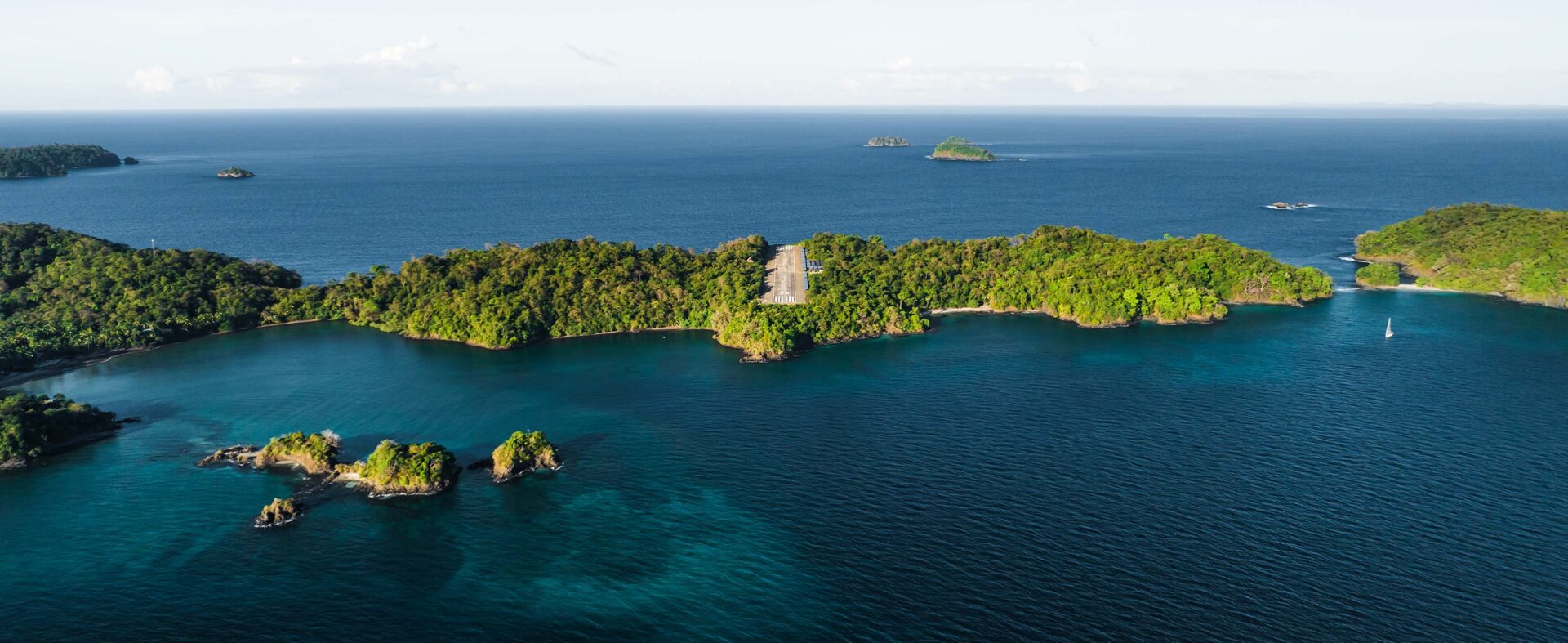
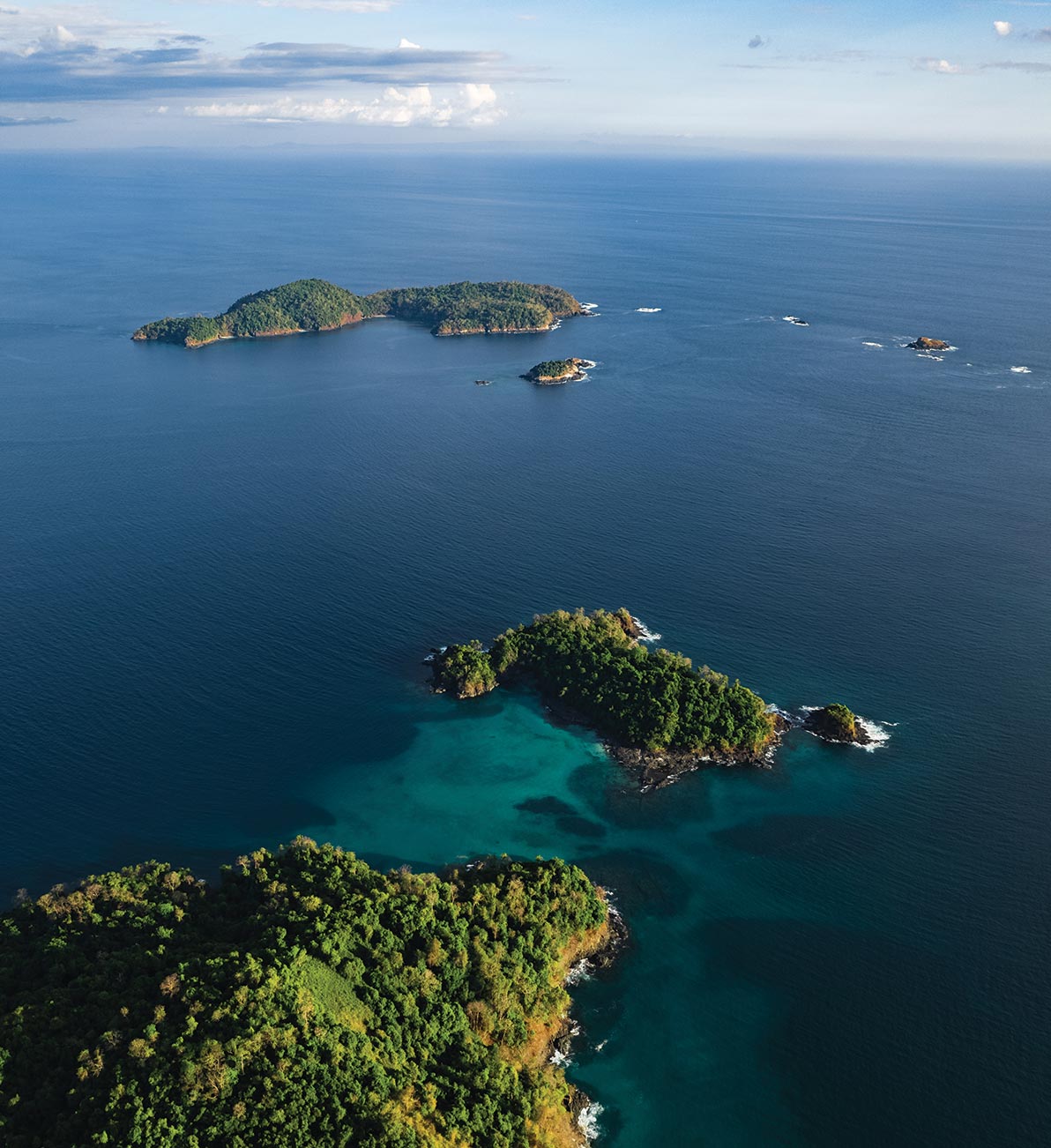
A spectacular private hideaway of 14 volcanic islands in the Gulf of Chiriquí, on the Pacific coast of Panama.
With 13 of our 14 islands left untouched, our immersive experiences bring guests up close to the raw, natural beauty of Panama’s wild Pacific Coast. From nature trails to whale watching, surfing, scuba diving and wellness activities deeply rooted in our surroundings, we love nothing more than sharing our ethos of adventure, discovery and conservation with our guests.
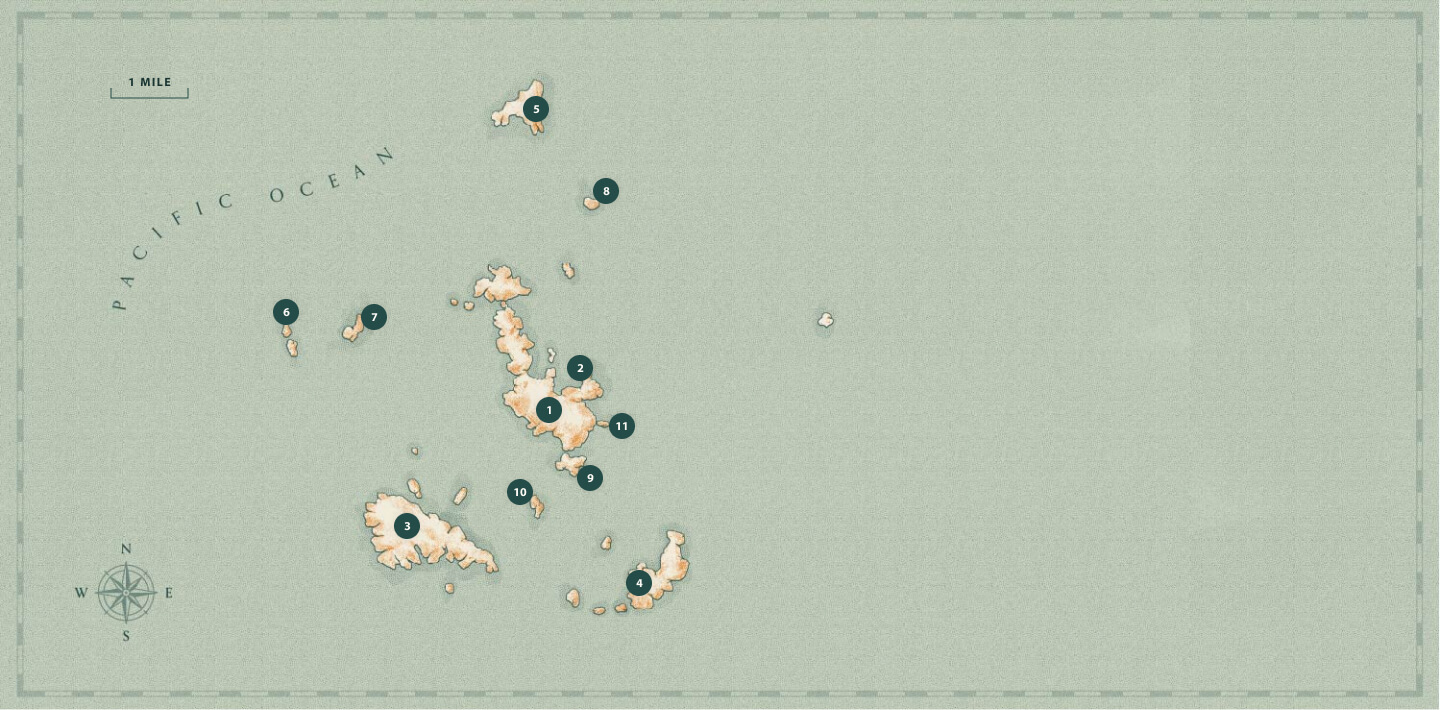

Islas Secas archipelago
- 1Isla Cavada
- 2Islas Secas Resort
- 3Isla Pargo
- 4Isla Barracuda
- 5Isla Coco
- 6Isla Tres Marias
- 7Isla Mono
- 8Isla Toro
- 9Isla Talia
- 10Isla Iguana
- 11Isla Robin
Wild andFree
Islas Secas is devoted to its natural surroundings, and our passion is to be a blueprint for sustainable, nature-driven tourism.
750 species of fish, 80 bird species and 128 species of plants… and we’re a quick boat ride from Coiba National Park, a UNESCO-designated Protected Marine Area, home to the second-largest coral reef in the eastern tropical Pacific. Islas Secas offers unparalleled access to this extraordinary corner of the world, with immersive, responsible activities where guests can experience everything from endemic tropical birds and magnificent frigates, to giant manta rays, humpback whales and kaleidoscopic schools of reef fish.
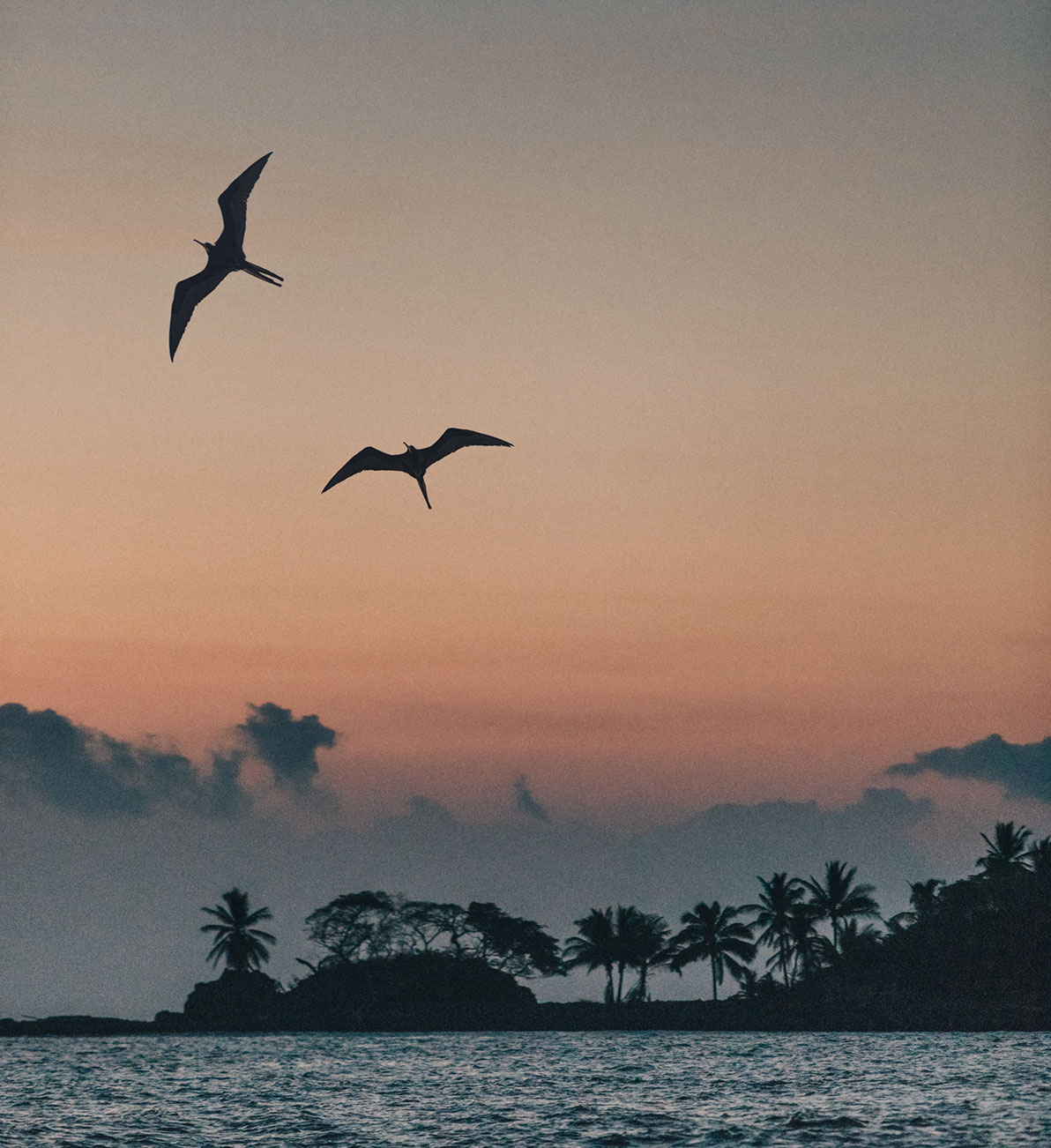
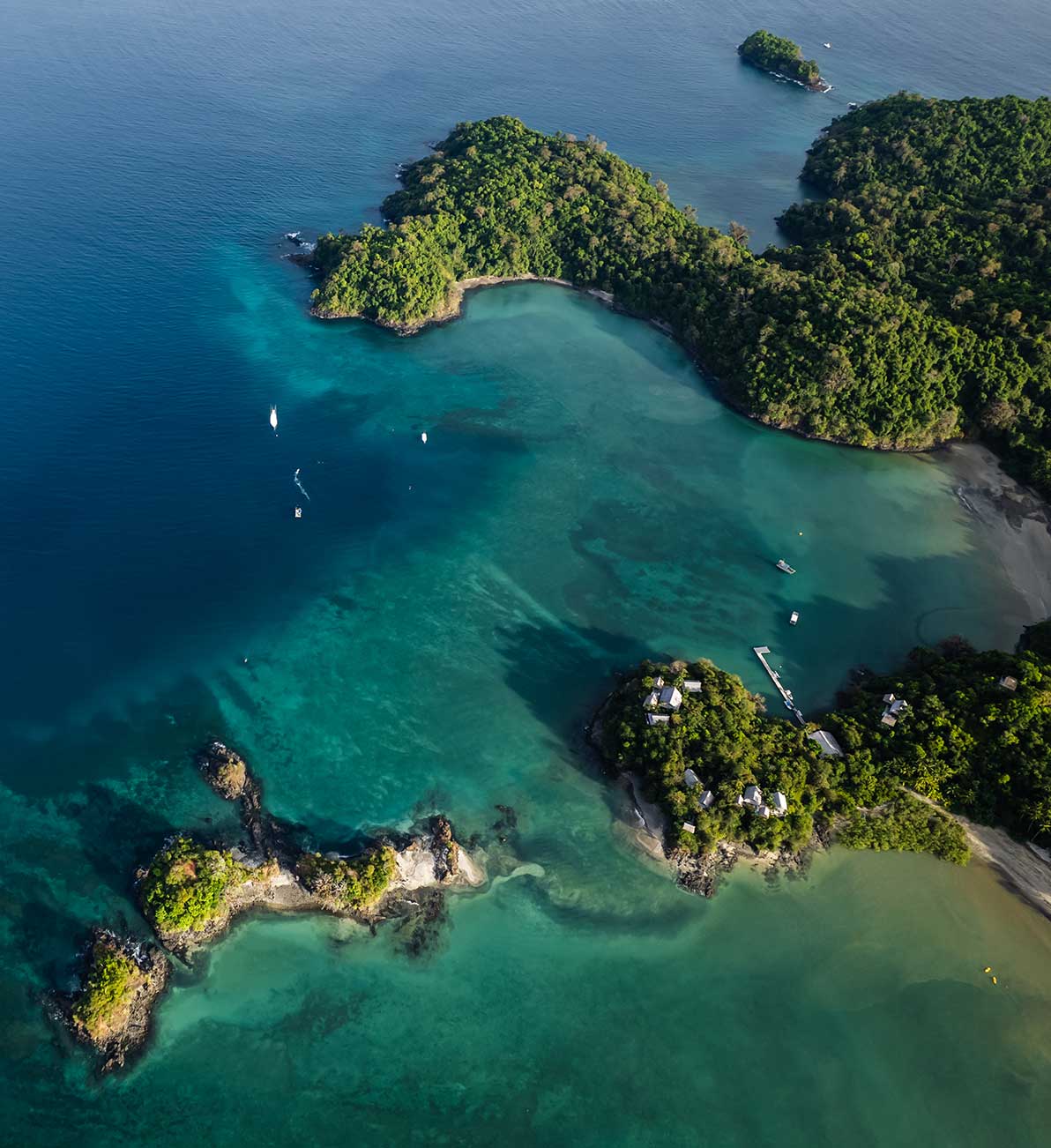
A Unique Location
Islas Secas is located in the remote Eastern Tropical Pacific, one of the richest, most productive marine environments in the world. Thanks to a combination of factors – the Humboldt current, the undulating seabed, and numerous seamounts and oceanic islands – create cold water upwellings teeming with nutrients, which in turn attract a mesmerizing variety of marine life, including a range of impressive megafauna.
